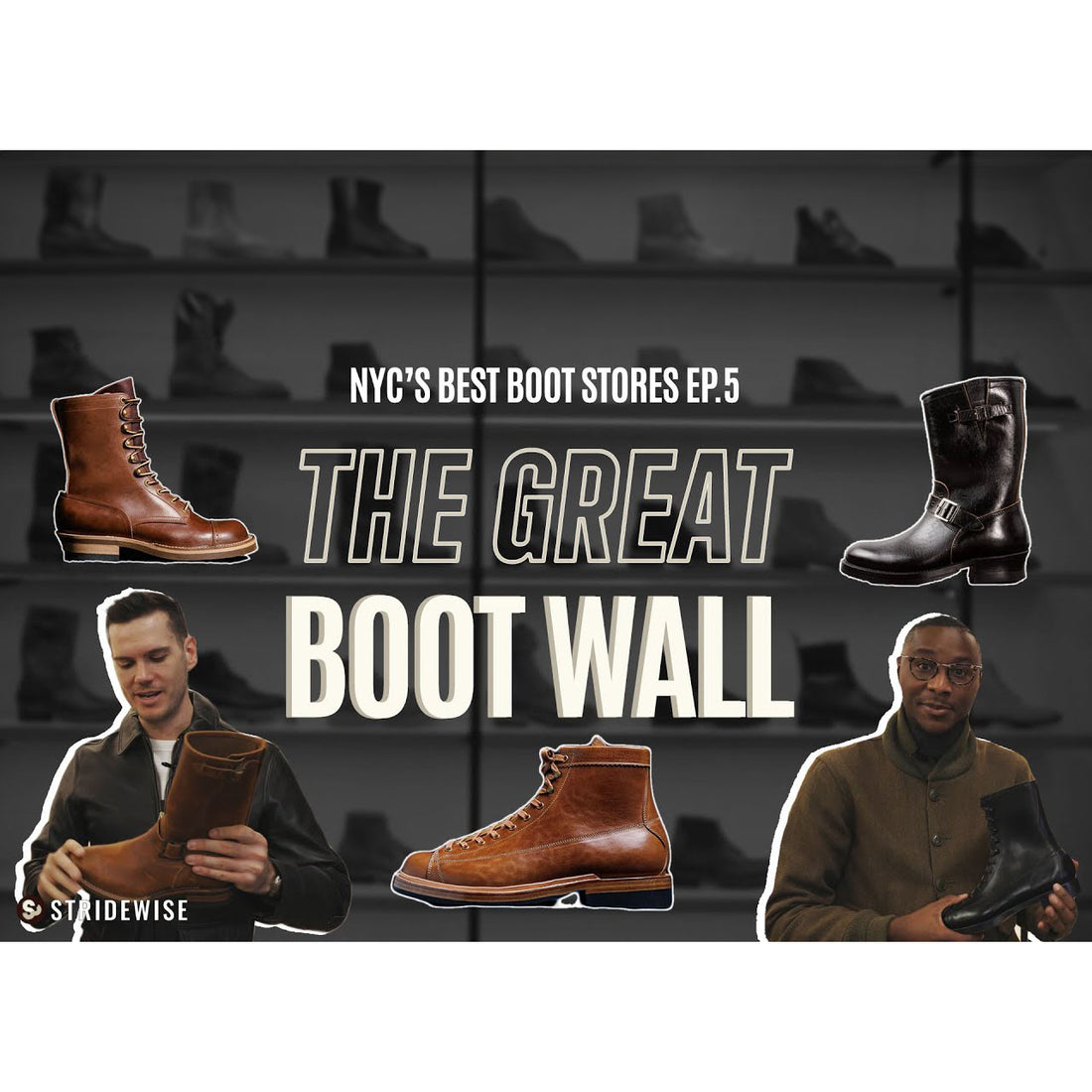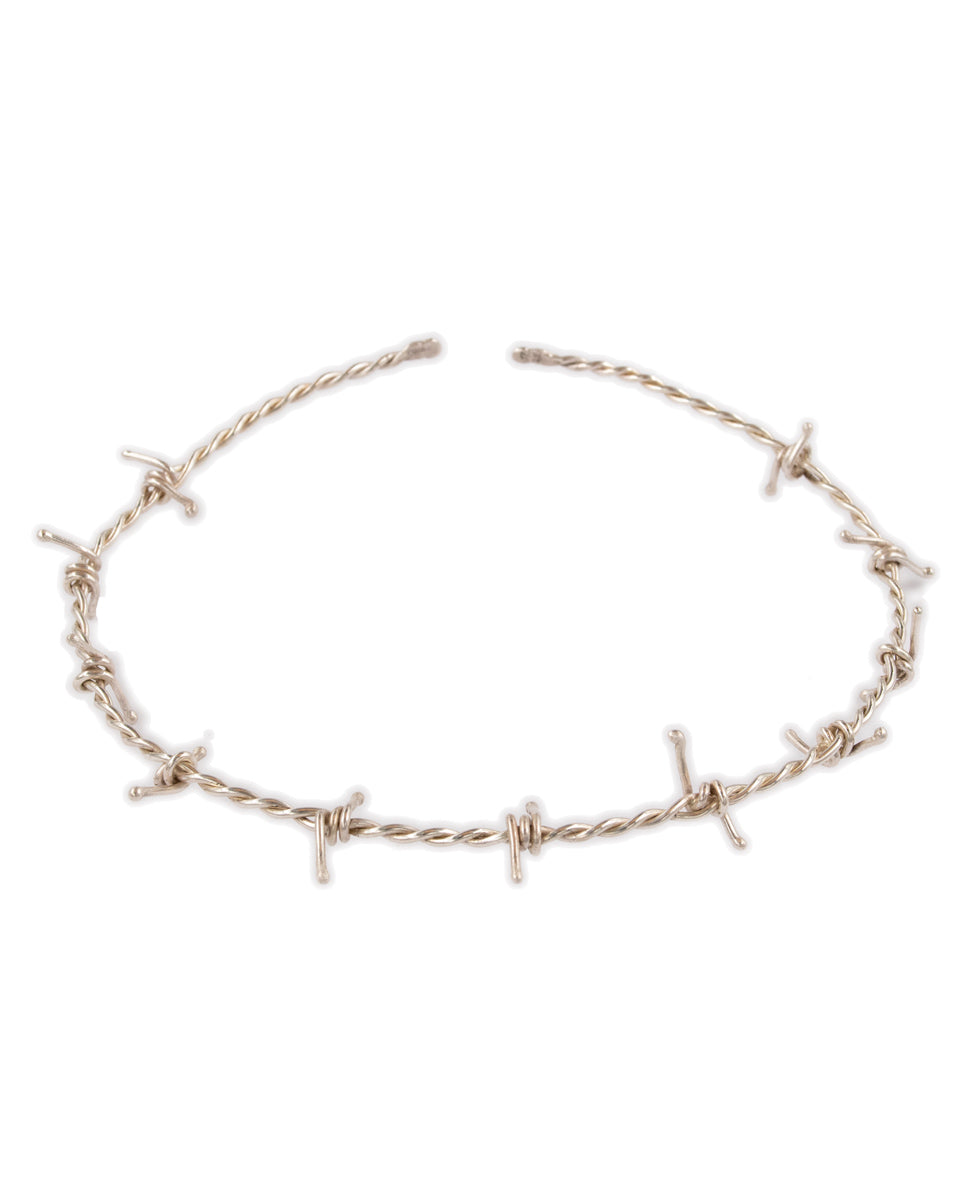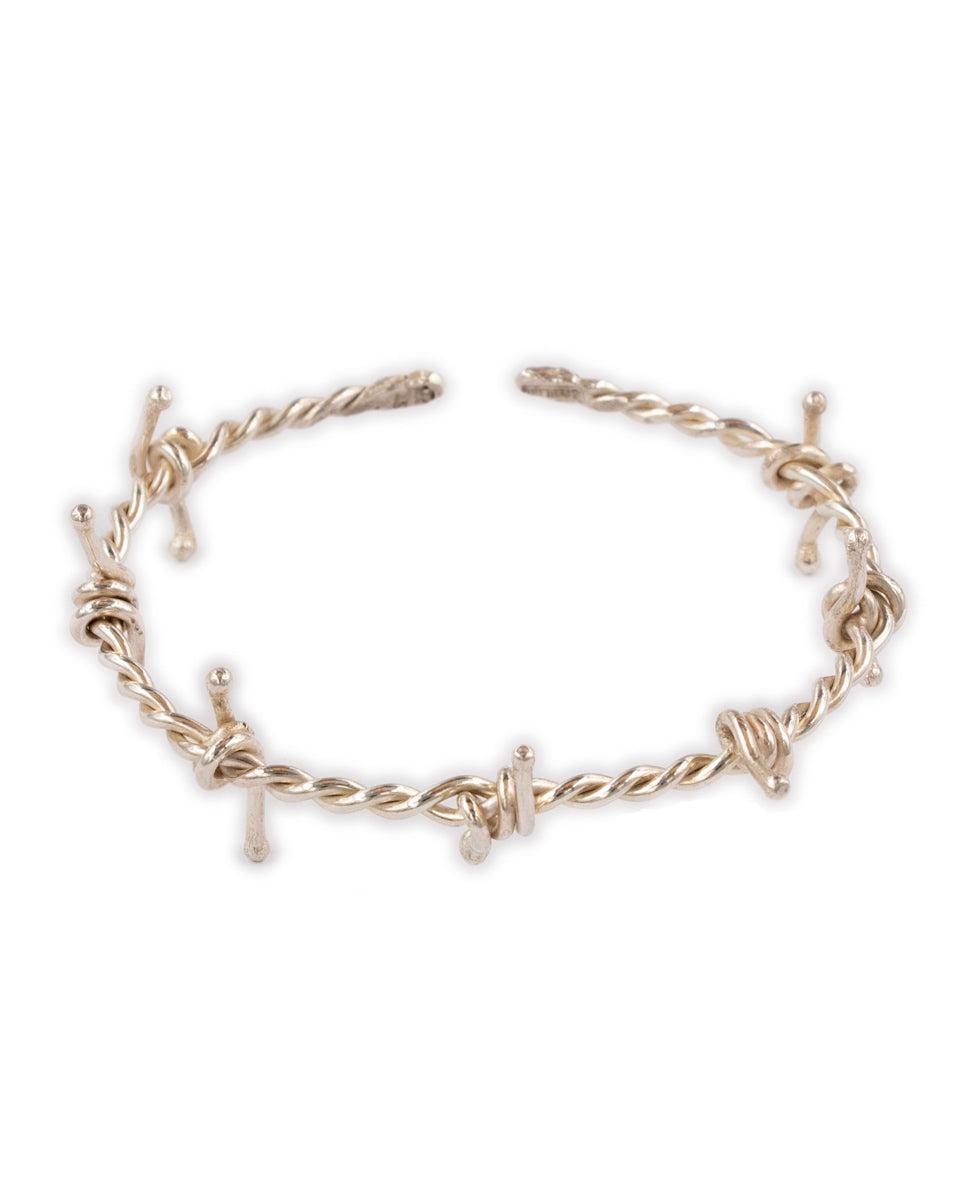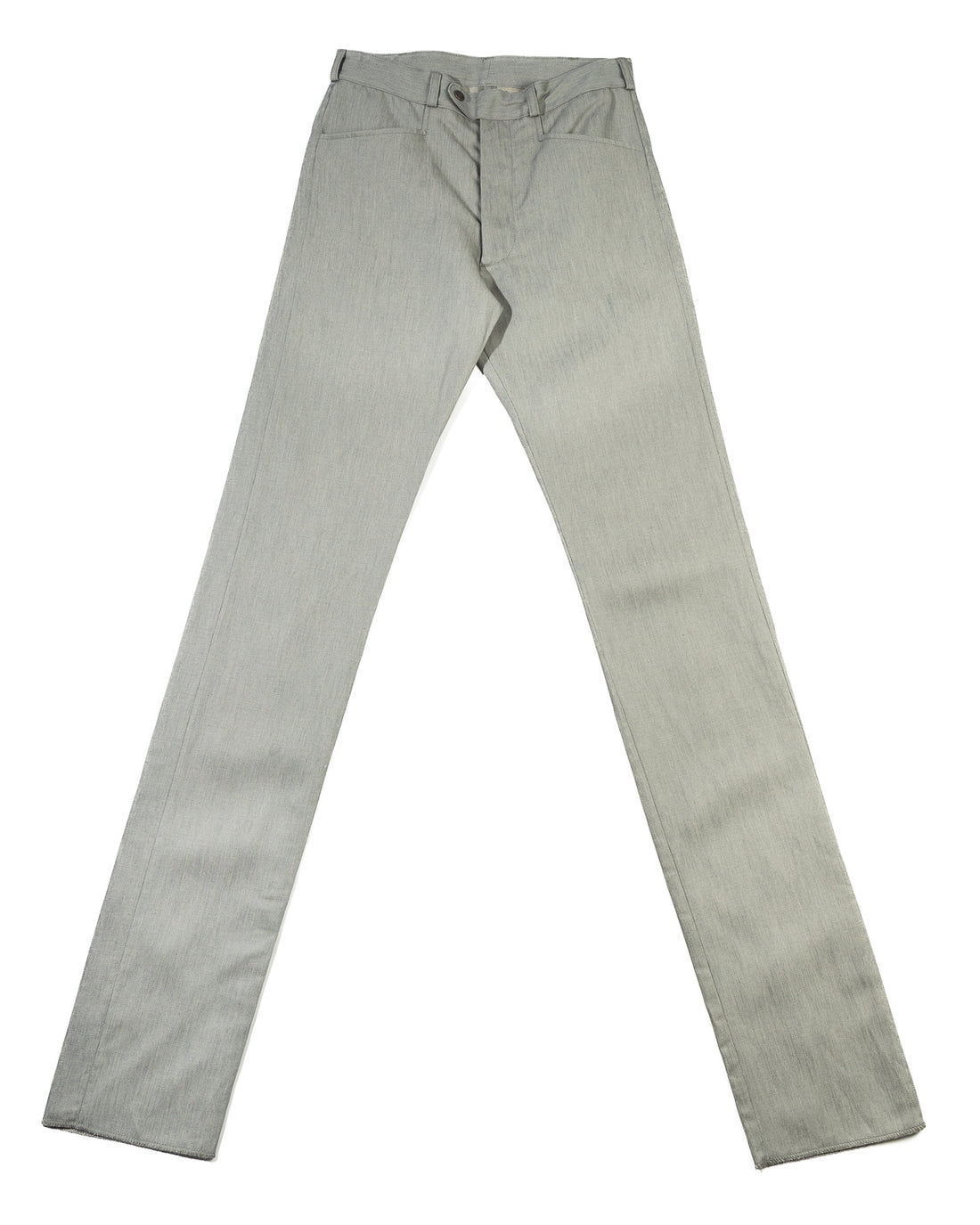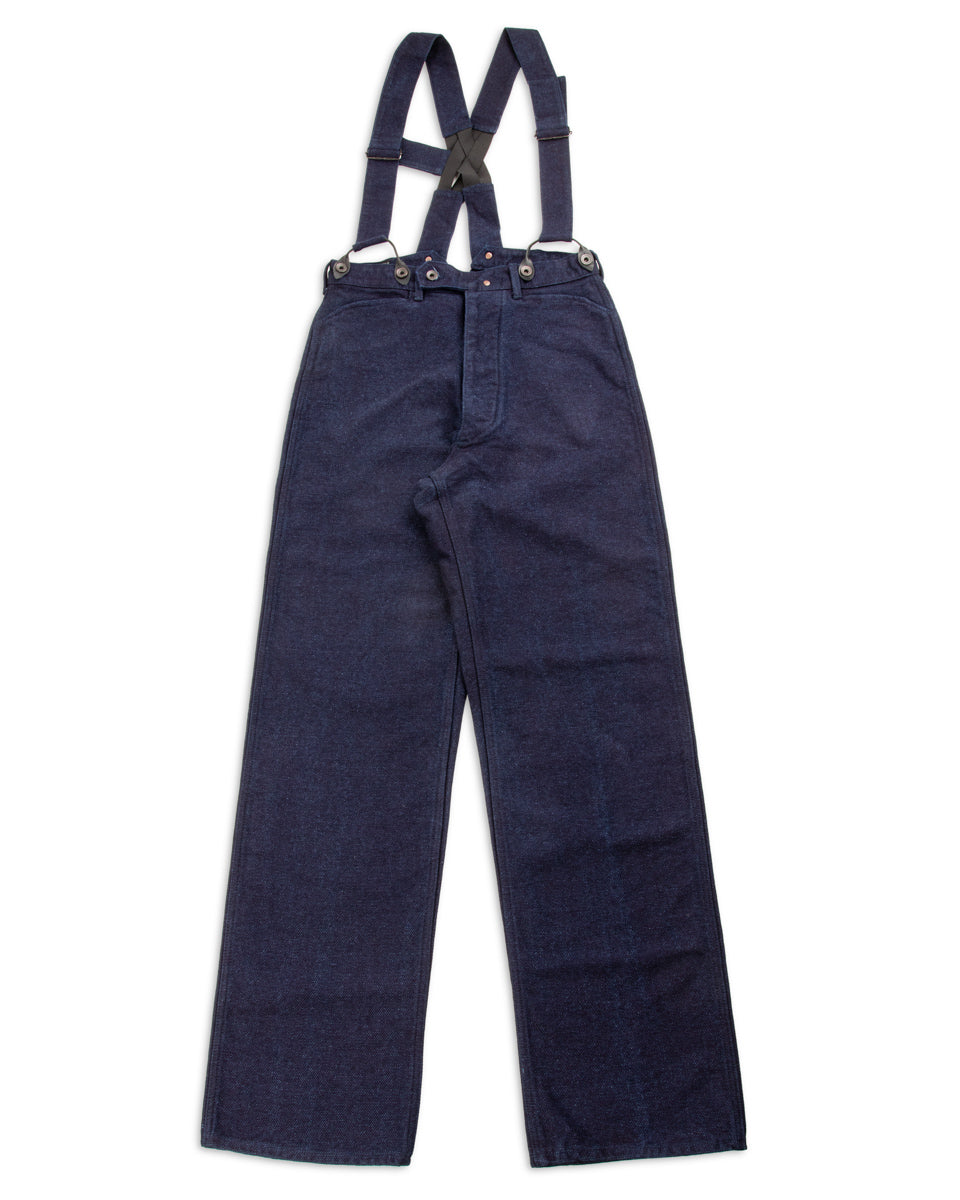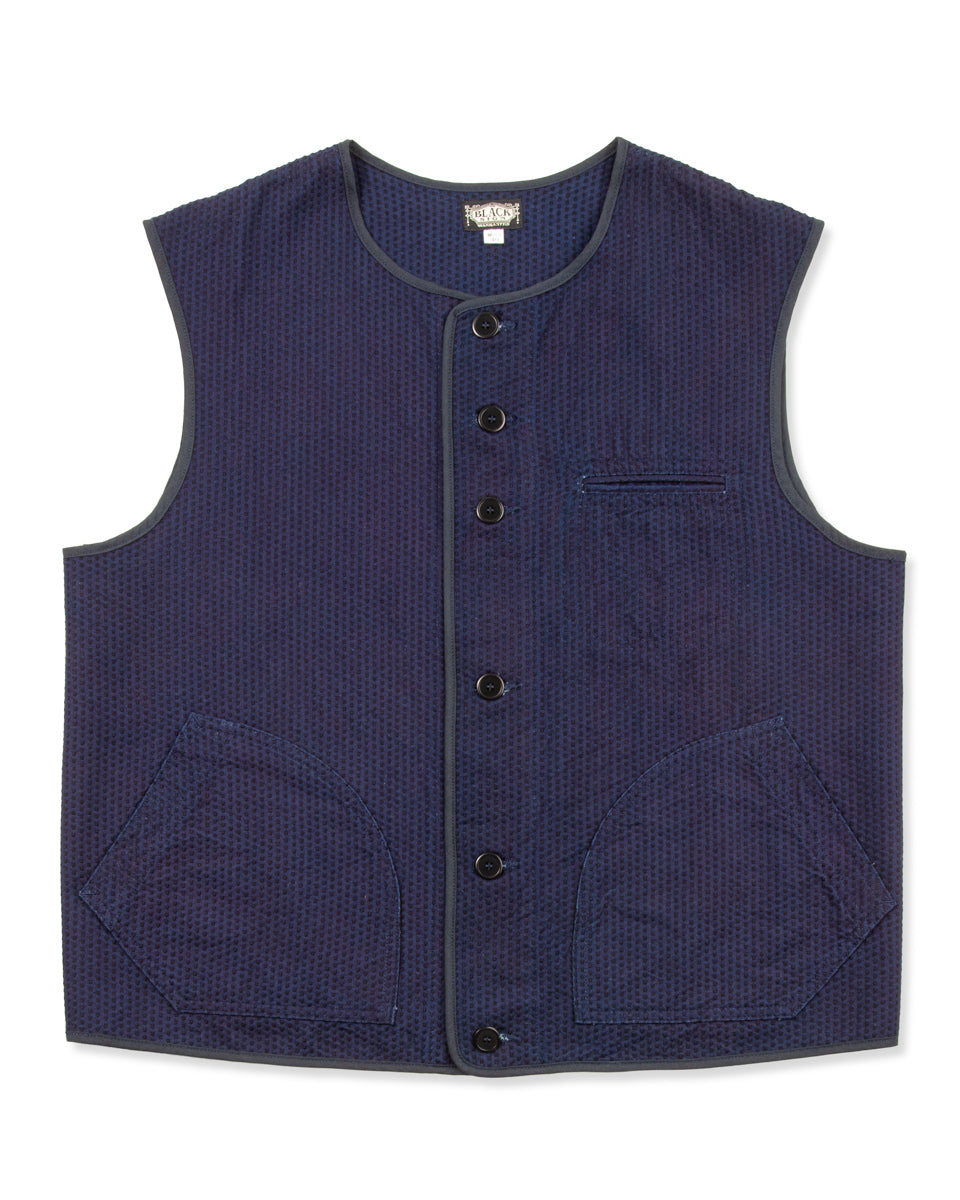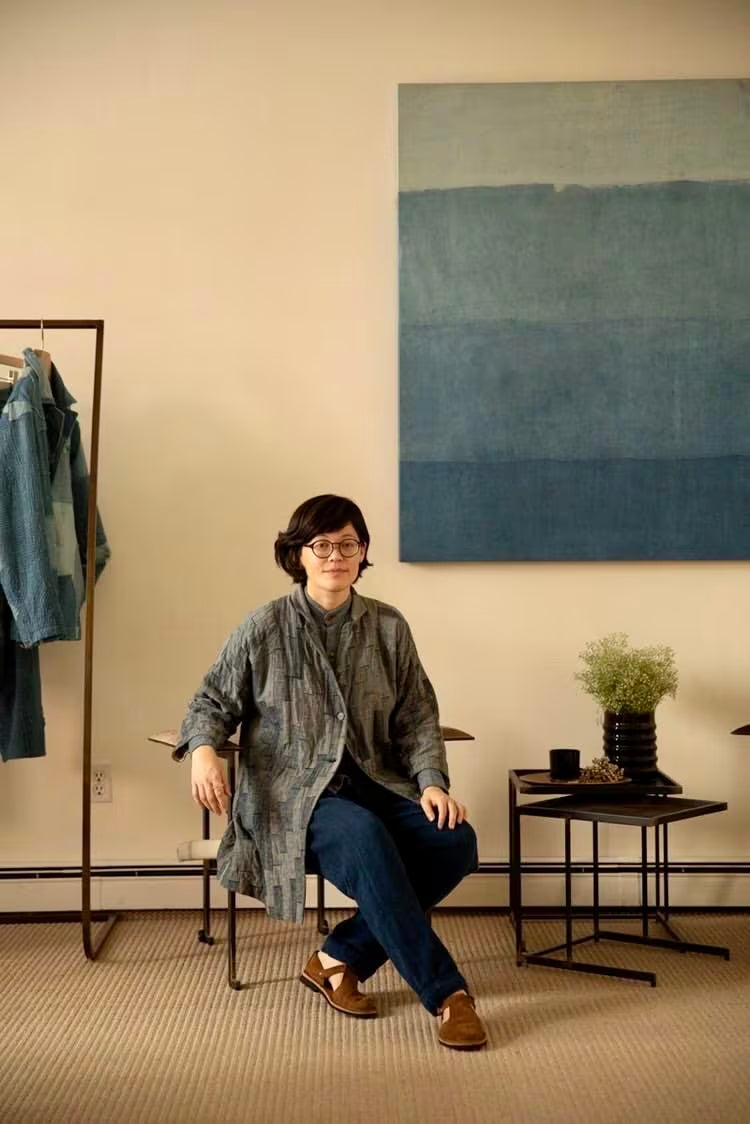
The History of American Outdoor Wear with Historian and Author Rachel Gross
But how did outdoorwear develop and change over the decades? And how did it become a shaping force in how we get dressed? To help answer those questions, we spoke with Rachel S. Gross, an environmental and cultural historian of the modern U.S. and an assistant professor of history at the University of Colorado Denver. She is the author of Shopping All the Way To The Woods: How the Outdoor Industry Sold Nature to America. We talk about all things outdoor wear, how WWII helped shape today's outdoor industry, The Khaki Gang, and the DIY boom of the 1970s.
Standard & Strange: Could you say a bit about how you came to this subject matter and started researching and preparing for this book?
Rachel Gross: There's certainly a personal angle here that attracted me to writing about outdoor recreation and the industry. I grew up camping, but I think more importantly, I grew up reading about outdoors people doing far more extreme things than I ever did, and I wanted to be like them. I think, in some ways, this book is a kind of reflection of my young adult interest in acquiring all the high-tech latest gear to look the part of an outdoor expert. I never really became that type of outdoors person. I'm still more of a casual participant, but I've looked at the last 150 years of people like me who love the outdoors and the aesthetic attached to it.
So that's one angle. The other one is in the field of history that I study. There have been some really excellent works that helped to unpack the history of leisure activities in the United States and our history of consumption. But no one had really put together those two topics to examine what turns out to be a huge industry with not just the economic and political way, but also a really deep cultural importance. So part of what I see beyond the personal interest is the intellectual contribution of assessing how we get to a place where outdoor clothing isn't just for the trail; it's a popular style that's helped reshape how Americans dress every day. That, to me, is a really important and broad question to address.
S&S: How do you see the interplay between your work here and broader trends in casual American style in the mid-century or beyond, if that makes any sense?
RG: Other excellent histories of American dress have examined questions like “why do Americans dress so casually?” And part of the answer has to do with college students on elite campuses in the early 20th century integrating sportswear. Think like a sweater with a big letter attached to the front of it as a part of everyday dress, as a way of reflecting their status and identity on that campus. So I think this is a similar story in that outdoor clothing is partly a story about functionality. It's like, "Oh, this stuff really works, and we need it for the activities we're doing," just as perhaps college students needed clothing that was more suited to active lifestyles, not just sedentary hours in the classroom.
Also, the history of the outdoor industry coincides with a much broader embrace of sportswear, which is what we'd now call athleisure in the 21st century. Since the 1970s, I think many Americans have embraced the idea of showing off their participation in fitness culture or sports or as sports fans, as exemplified by their outfits. So the suggestion that I might embrace in Colorado of wearing a certain kind of jacket because it suggests, oh, I could be climbing a mountain though, of course, I'm just going to walk my dog, is not dissimilar from somebody on the streets of New York City wearing yoga pants, even if they're not about to go to a yoga class. I think all of these trends together reflect Americans' embrace of casual wear and sportswear, and we're not unique in that.
S&S: Going into World War II and the Quartermaster Corps, of course, I would get there, but could you set the scene a little bit for how the outdoor industry and the military get involved with each other, as it were?
RG: I think one of the most important connection points was the US military's awareness of the limitations of its uniform after World War I. Many soldiers wore great coats, the heavy wool overcoats that went past their knees for decades after the war. Those were fine if you were staying still, but it's pretty clear that if you were active or carrying heavy loads, as soldiers often are, a heavy wool overcoat isn't going to fit the bill. Early during World War II, many outdoor industry professionals, including Eddie Bauer and L.L.Bean, got calls from the Quartermaster Corps, and they went on to serve as civilian consultants for the design of new types of clothing and equipment. Similarly, expert mountaineers who were often connected to these industry professionals either served as civilian consultants or enlisted and worked directly in the Quartermaster Corps. So that's one direction in which information flowed. A lot of times, though, it was also folks like Bean, Bauer, and even Harold Hirsch, who ran Hirsch-Weis, the outdoor company, who brought back a lot of the ideas that they learned from their time with the Quartermaster Corps to the civilian arms of their companies.
S&S: What uniform items were the result of this new way of designing?
RG: The M-1943 clothing system is a really good example of the transfer of technology in part because it was so imperfect. This is not a story of military scientific triumph where lab-tested goods that have been affirmed by scientists make their way into the field and directly cause victory. I don't think that there's such a clear line in part because though a lot of the clothing system, for instance, in the M-1943 system, the replacement for the heavy wool overcoats was lots of thinner light layers that would be put together so that soldiers could more easily take layers on and off and more readily adapt to changing conditions.
This was an imperfect system in that it the full set of layers didn't reach all soldiers on the front. So some had access to the sweaters, but not the jackets, or they didn't receive the pants, things like that. Nonetheless, the M-1943 system and the idea of layering that it represented spread around the globe to American soldiers because the Quartermaster Corps did these education courses where they taught soldiers, "Here's how layering works, here's what you should do with the system. Hopefully, you have all of it, but maybe you don't." I think that's part of what's important here. It's not so much a story of technological triumph but the slow movement of the ideas associated with these new clothing designs that accompany being in the military and exposure to them and education programs.
S&S: How does this start to translate in the post-war years as experts leave the Army and come home to work on their own products?
RG: Civilian consultants like Harold Hirsch brought back the M-1943 design and started selling it to civilians through the Hirsch-Weis catalog even during the war. That's one way it entered the broader market, but also part of the importance of these new designs in the military and surplus was that they didn't all work that well, and there were people in the outdoor industry who said, "Hey, I can do something so much better." In a way, military technology mattered because it was a starting point for people to design against.
S&S: You mentioned a group in the book that I feel like people would love to hear about, “The Khaki Gang.” Could you maybe tell us a little bit about who they were and where their name comes from?
RG: I love the Khaki Gang. I think in part because of the set of young men who participated in outdoor sports like hiking or climbing in the late forties immediately after the war and early in the 1950s as well, you embraced this aesthetic of grubby is good, dressing in military surplus clothing, using military packs, carrying the stoves just as soldiers had done during the war, was representative to them of a way of participating in outdoor activities that felt authentic and right to them. It reaffirmed their status as men and felt like the best way to engage with the wild outdoors they loved so much.
Part of what was interesting to me about the Khaki Gang, though is how emphatically they shunned the idea that they were consumers of anything fashionable. Their relationship to the items that they use for the outdoors was, "This is emphatically not fashion. We are trying to show that we're focused very much on performance, on functionality." Still, in doing so, they actually created a new kind of anti-fashion. They were so keen on establishing a look that was outside of the accepted norm. The khaki color itself, or the drab olive green, became a uniform of the outdoors during this time period.
I should note this was long before military surplus became an emblem of anti-war protesters, which it did a couple of decades later. It doesn't have that kind of widespread usage, it's really more focused on these outdoor spaces. I think it's representative of that tension between wanting to focus on functionality but also outdoors people being really invested in the “look” of the outdoors, even if they say that they're not.
S&S: I want to jump to the 1970s and, as you put it, the “democratization of access to outdoor gear.” Could you set the table for that a little bit?
RG: I think that that narrative that exists about the boom years of the 1970s is entirely accurate. One of the things that I do that's new with this research is show that, for the most part, it's not technology that's suddenly ushering people into the outdoors for the first time as much as this enthusiasm coming from people themselves. They are drawn to the woods. They want to go camping. Companies are responding to that, to a market that already exists.
In the 1970s, many new outdoor companies were popping up. They're the next generation after the folks who were selling surplus. They have new designs and ideas about the relationship between their growing businesses and the wilderness they love and hope to protect in some way. You see people working within the outdoor industry questioning the impact of the products they sell on their beloved wildlands for the first time.
S&S: Some of these new companies are DIY brands like Frostline Kits, which was started by Dale Johnson. What was Frostline Kits, and what was DIY outdoor gear?
RG: Dale Johnson got his start in the outdoor industry working for Roy and Alice Holubar as a teenager. He eventually left and decided to start his own outdoor company. He figured out that he could improve on the work of Gerry Cunningham, who had attempted a version of kits early in the 1960s. He would design this kit idea where he would cut out the different pieces that you would need, so the precut pieces of fabric, all the notions, so think like the thread or the down fill that you would need to complete the product, and then package together.
The draw of do-it-yourself kits by Frostline, his company, was that they were 30 to 40% cheaper than ready-made clothes off the rack. That was a huge draw for this population of baby boomers who had more time than they had money and who were eager to participate in outdoor activities. So Frostline Kits grew immensely in terms of popularity over the course of the 1970s. Many other companies that imitated this approach also popped up during that time. I say this in the book, but it's at least 12 other companies were selling DIY outdoor-specific kits at the height of this phenomenon.
Part of why this made sense to people is it wasn't just that it was cheaper but they knew how to sew. Home Economics was required for lots of girls and some boys during this time period and so there were tens of millions of people who had the skill that I would say a lot of Americans don't today. This was an accessible and even reasonable ask for people to do themselves. It was a way to customize or feel independent in making your own kit rather than relying on store-bought things.
S&S: There really is a lot of affection for the outdoor styles of the 1950s through the 1970s in modern neo-heritage styles. What do you see, if anything, as the enduring appeal of these styles that they're still sticking around in a fashion context?
RG: I think part of it has to do with our understanding of what history they represent. Part of why we might in the 21st Century call this “heritage” has to do with the narrow boundaries of what's included in these types of histories. Eddie Bauer constructed its heritage in the 90s to include the American frontier and the white cowboy of the American West of the 19th Century in its catalogs is fascinating because, of course, Eddie Bauer didn't exist during that time. What is the heritage that people are embracing? Sometimes, it's reflective of history, and sometimes, it's reflective of a constructed path or an imagined history that we want ourselves to be a part of.
I do want to note that a lot of what heritage means in marketing speak today, is usually white male laborers, working-class authenticity, or white men in the military of the past. I am skeptical of any brand wholeheartedly embracing that narrow definition of history, partly because I know from this book that I wrote that there were far more diverse sets of people participating in the outdoors 100 years ago than those stories seem to suggest. I don't think these are timeless styles. I think they're deeply bound up in time, and the stories we think those eras represent which will change.
All the latest
Featured blog posts

